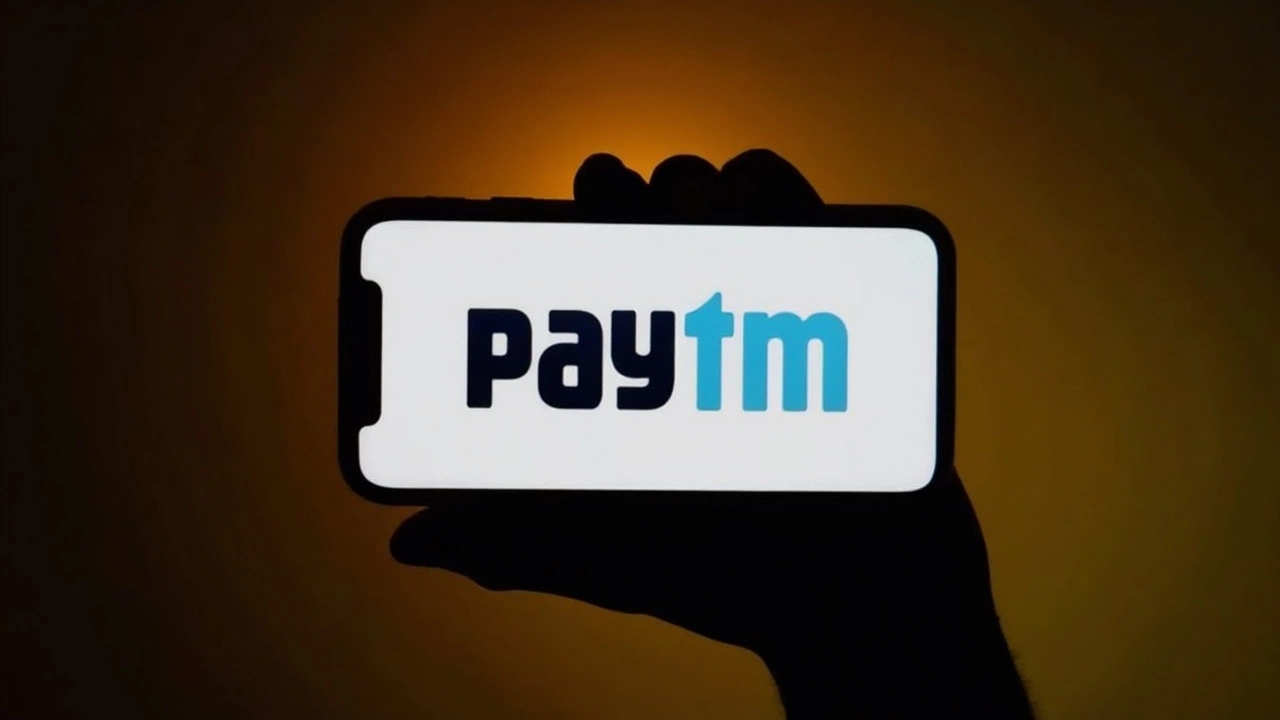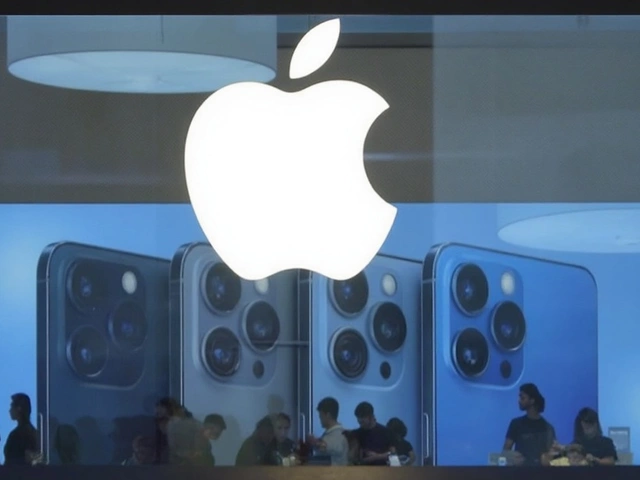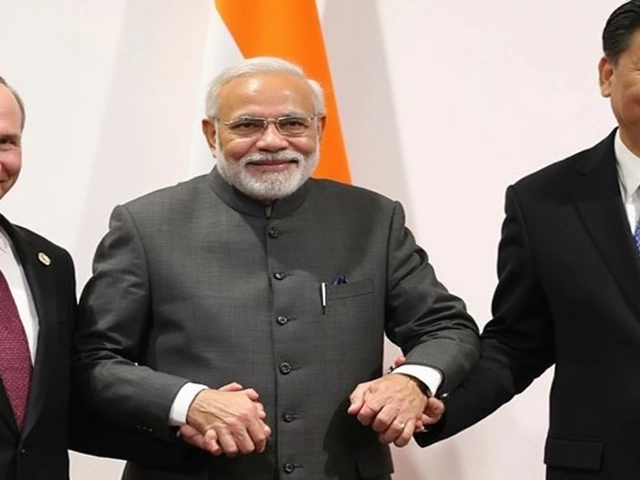UPI Guide: Everything You Need to Know About Instant Digital Payments
If you’ve ever sent money from your phone, you’ve probably used UPI. It’s the engine behind most instant transfers in India, and it works with almost every bank. In this guide we’ll break down how UPI works, why it’s trusted, and simple steps to keep your transactions safe.
How UPI Works in Simple Terms
UPI (Unified Payments Interface) links your bank account to a virtual address called a UPI ID. Instead of sharing your account number, you share something like yourname@bank. When you type that ID into a payment app, the app talks to your bank, moves the money, and the whole process finishes in seconds.
Under the hood, a central server called the NPCI (National Payments Corporation of India) routes the request. Your bank checks the balance, approves the move, and sends a confirmation back. The best part? You don’t need a card, IFSC code, or even the recipient’s phone number.
Why People Trust UPI
Speed is the biggest perk – money lands in the other account instantly, even on weekends. Security is another win: each transaction needs a Personal Identification Number (PIN) that you set, and the PIN never leaves your phone. Apps also use device‑level encryption, so hackers can’t easily intercept the data.
Because it’s tied to your bank, you don’t have to top up a separate wallet. Your account balance is always up‑to‑date, and you avoid extra fees that some wallets charge for loading money.
UPI also supports a range of services: paying bills, buying tickets, donating to charities, and even splitting a lunch bill with friends. Many merchants now display a QR code that you scan, enter the amount, and confirm with your PIN – no cash, no card swipe.
Want to keep your UPI experience smooth? Here are a few quick tips:
- Set a strong PIN (avoid birthdays or simple sequences).
- Only download official apps from Google Play or the App Store.
- Enable phone lock and app lock features if your app offers them.
- Regularly check your transaction history for any unknown entries.
- Be wary of unsolicited messages asking for your UPI ID or OTP.
Most banks now let you create multiple UPI IDs, so you can separate personal and business payments. That way, you keep your finances organized without juggling many accounts.
During bank holidays – like the Janmashtami closure mentioned in our recent post – UPI still works because it runs on the NPCI network, not on individual bank branches. So you can pay bills or send money even when physical banks are closed.
In short, UPI is a fast, secure, and versatile way to move money in India. Whether you’re paying a street vendor, settling a rent share, or sending money to family across the country, a few taps on your phone are all you need.
Got more questions? Drop them in the comments or explore our other posts for deeper dives into specific apps, troubleshooting tips, and the latest updates on digital banking.
Government Firm on Zero MDR for UPI: Debunks PCI Proposal Amidst Soaring Digital Payments
The Indian government has firmly rejected any plan to reintroduce MDR charges on UPI transactions, pushing back against industry talks led by the Payments Council of India. Despite the payment sector’s funding struggles, UPI transactions soared beyond 18 billion in May 2025, keeping India's digital drive on the fast track.





